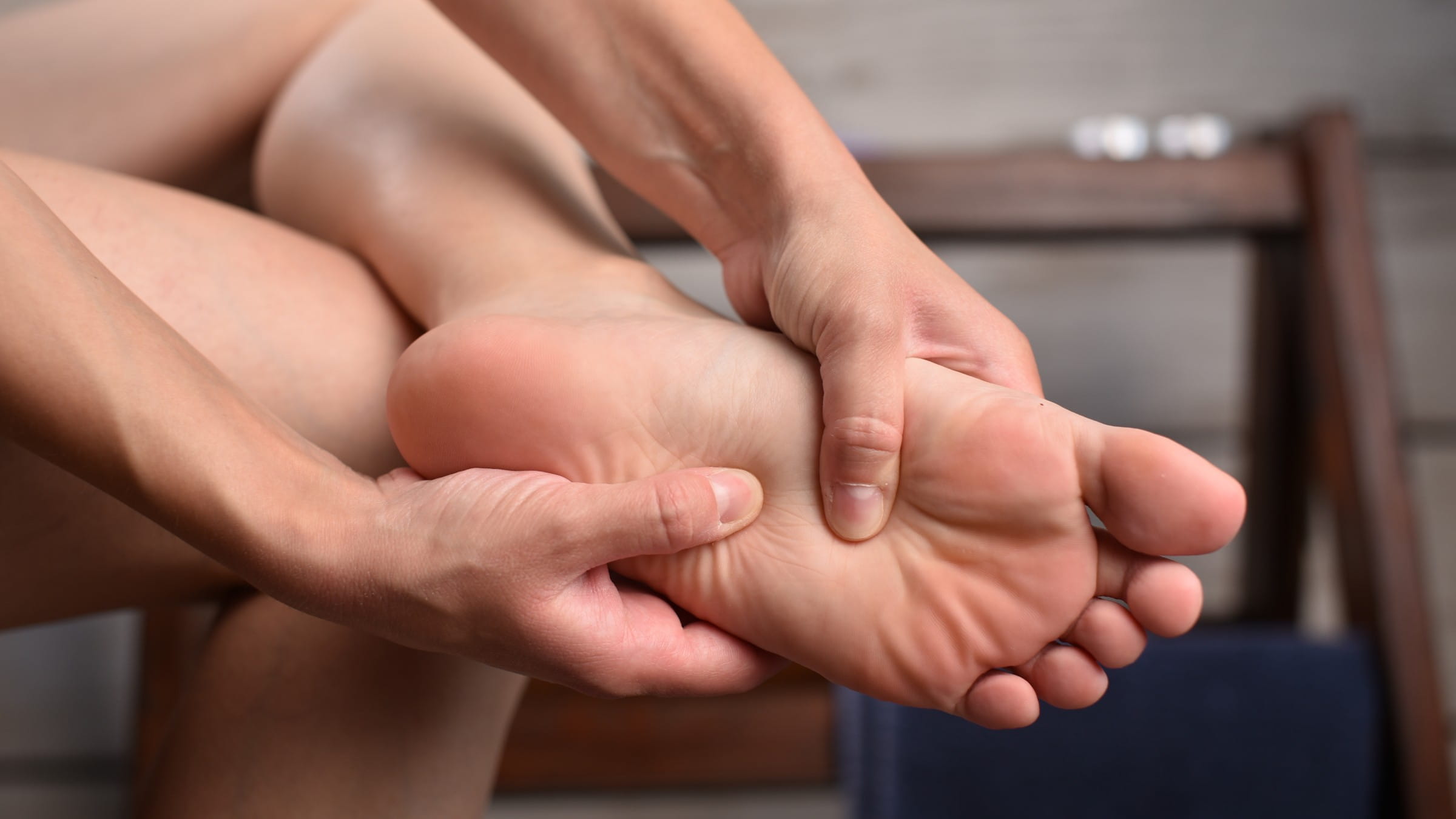Do Massage Equipments Improve Circulation in the Feet

In a study published in the Journal of the American Physical Therapy Association, using various such as deep tissue massagers and alternating hot and cold presses can improve circulation by up to 20-35% and reduce muscle tension by up to 25%.
Yongquan Acupoint
The Yongquan acupoint is located in the anterior-superior part of the sole and is considered an important acupoint where Qi and blood meet in the body. It is connected to the Kidney Meridian and internal organs, influencing blood circulation and detoxification functions.
Practically, can accurately stimulate the Yongquan acupoint to relieve stiffness caused by prolonged sitting or walking.

Stimulating the Yongquan acupoint can also help increase blood circulation and regulate heart rhythms, further reducing fatigue. When combined with the hot and cold alternating modes of acupoint massage, it can stabilize blood circulation, increase foot temperature by 1.8°C in a short period, and effectively alleviate symptoms of cold feet.
Taichong Acupoint
The Taichong acupoint is located on the dorsum of the foot, between the 1st and 2nd metatarsal bones, and is a pivotal point for soothing the liver and regulating emotions. During emotional fluctuations or high stress, blood circulation in the Liver Meridian may be impeded, resulting in insufficient blood supply and local muscle tension in the feet.
The bullet-shaped massage head of a pro massager can deeply penetrate the Taichong acupoint, promoting liver blood supply and nerve conduction.
A survey by the Oriental Medicine Association showed that using an massage device to stimulate the Taichong acupoint for 10 minutes a day for two weeks increased the blood supply to the liver by about 30%, reduced foot muscle tension by 15%, and significantly improved foot fatigue and numbness caused by emotional stress.
Zusanli Acupoint
Zusanli is located slightly below the knee (about 3 inches) and helps to restore digestive health as well as strengthen the body on a physical level, according to Traditional Chinese Medicine. The Zusanli acupoint is directly related to the gastrointestinal tract and may improve blood flow in the lower limbs, promote gut movement, and reduce leg swelling.
A study by the American Medical Association reported that after 8 weeks of massage with a on the Zusanli acupoint, digestive function improved by up to 25%, intestinal peristalsis rate increased by 15.3%, and leg circumference was reduced by up to 30%. This acupoint is particularly effective for those who have to stand or sit all day and people with lower limb blood circulation problems.
Zhaohai Acupoint
Zhaohai is located in the depression below the internal malleolus and is connected with the Kidney Meridian. Its primary action is to support venous return and decrease lower limb edema. The use of dual can make venous congestion and edema less troublesome.

The British Society of Chinese Medicine found that stimulating the Zhaohai acupoint with a massage instrument for 15 minutes, twice a day, not only accelerated venous return speed by 35%, but also reduced edema by about 20% within three weeks.
Massaging the Zhaohai acupoint can also enhance kidney metabolism, help the body drain excess water and metabolic waste, and alleviate the feeling of heaviness in the feet caused by venous return disorders. When used with rolling massage on other foot reflex areas, such as the soles or the front of the feet, it can increase circulatory efficiency by 40% in general and improve nerve sensitivity in the feet, reducing numbness caused by prolonged sitting.








